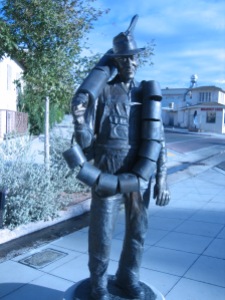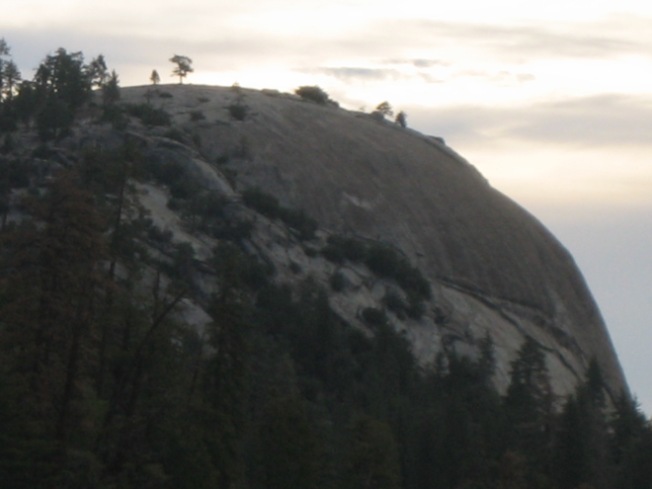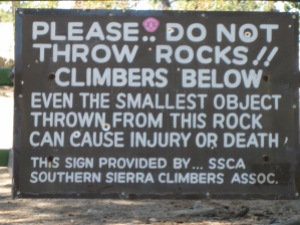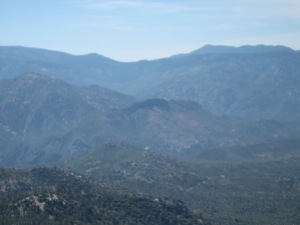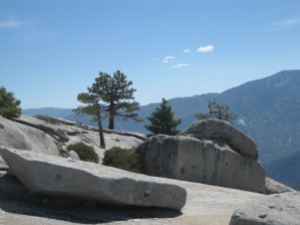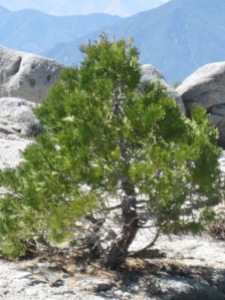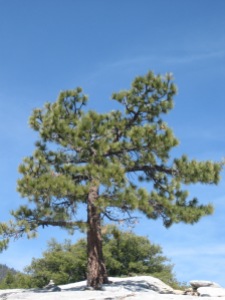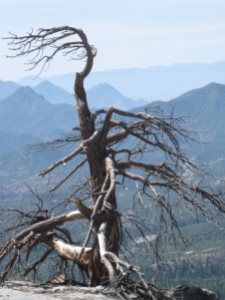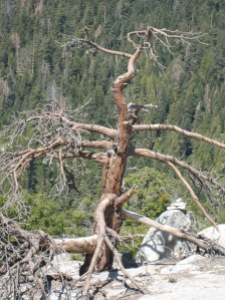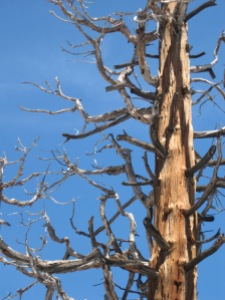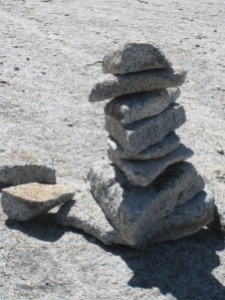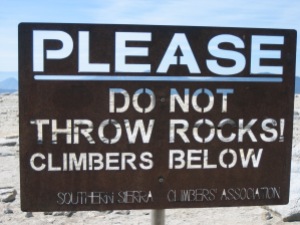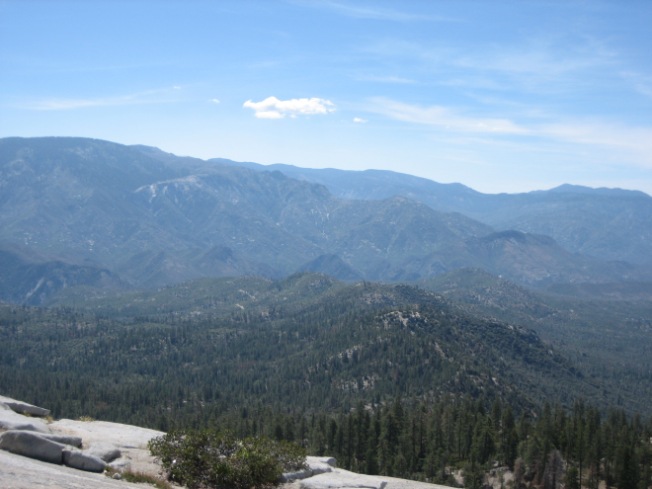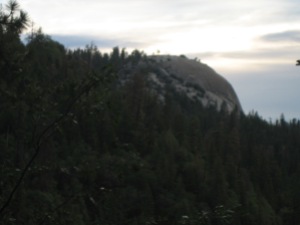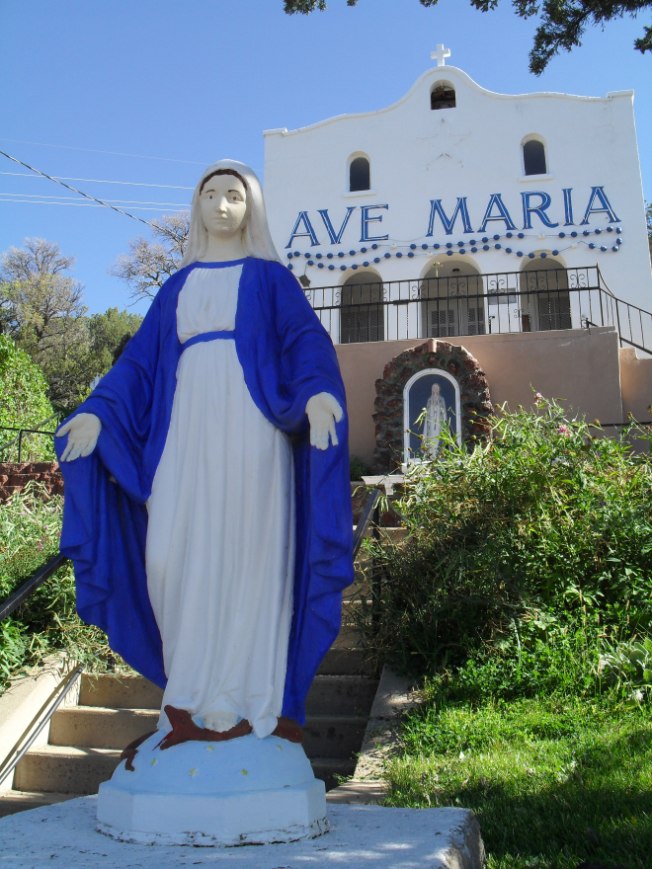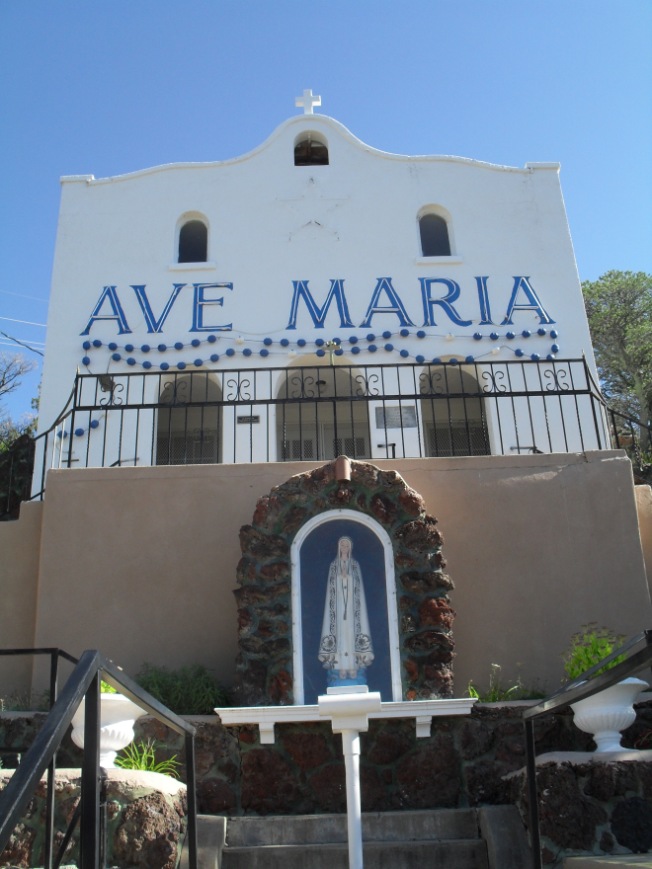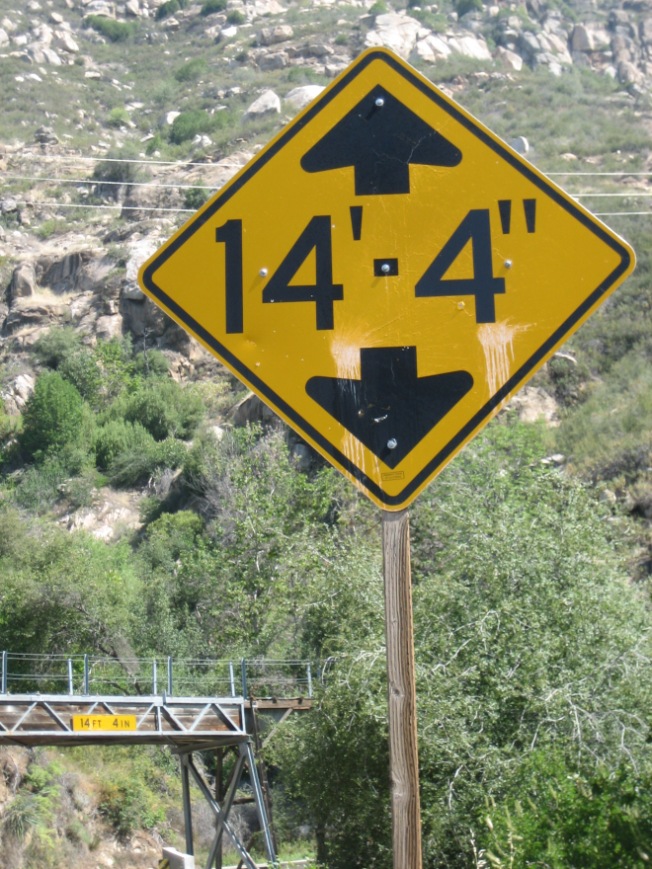I’d recently seen my first California bear, and more bear activity was reported in the campground in the next few weeks.
Some young Forest Service employees staying in the campground while investigating predator (weasel) populations in the area left their ice chest outside their truck overnight, even after we (casually) discussed how bears have learned that ice chests harbor good eating. (I’ve been told that if an ice chest musts be left in a vehicle, it should be covered so bears can’t identify it. Bears have broken into cars to get to ice chests inside. The safest way to store food in bear country is probably in a bear canister.)
 The Forest Service employees reported they’d heard bear-type noises in the night, so the woman left her tent to investigate. By the time she’d exited the tent, the bear had run away , and everything in the campsite looked fine. However, when they got to the area where they were performing their investigation and opened the ice chest to pull out the raw chicken used to entice the weasels, they found the cooler empty! The bear in the campground had eaten six chicken halves, then quietly closed the lid of the cooler and scurried off before the woman made it out of her tent.
The Forest Service employees reported they’d heard bear-type noises in the night, so the woman left her tent to investigate. By the time she’d exited the tent, the bear had run away , and everything in the campsite looked fine. However, when they got to the area where they were performing their investigation and opened the ice chest to pull out the raw chicken used to entice the weasels, they found the cooler empty! The bear in the campground had eaten six chicken halves, then quietly closed the lid of the cooler and scurried off before the woman made it out of her tent.
One morning right before I was laid off, a couple reported a bear had been in the area near their tent the night before. They heard the bear trying to get into the (bear-proof) garbage cans, then rolling logs around. By that time, summer had moved into fall, and the bear must have been hungry in preparation for its long winter nap.
I guess I went to bed too early or slept too deeply or maybe just didn’t leave enticing food lying around, because I never heard any bear activity in the night.
I saw bears #2 and #3 on the same evening. I was driving the company truck to the parking lot to retrieve the self-pay envelopes from the iron ranger. I left before dark, but the sunlight was quickly fading as I twisted and turned through the mountain road curves.
Suddenly an animal was crossing the road not too far ahead of me. What was it? It was too large to be a coyote or a wolf. Was it a mountain lion? Then it was fully out in the road, and I realized it was a bear. A bear!
I’d stopped the truck in the middle of my lane (traffic wasn’t really a concern at that time of night at that time of year) and watched it amble across the road. A bear! I was hooting and hollering and pounding the steering wheel. A bear!
This bear was much better looking than the Tom Waits song bear. This bear was black, with shiny, smooth fur. It was smaller than the other bear and seemed to have more energy. I watched it cross to the other side of the highway and disappear into the trees.
I saw the last bear on my way back to the campground. It was almost dark by that time, and the bear was little more than two glowing eyes and the shadow of ears in the trees next to the highway.
I got my wish. I saw bears, from a distance and in relative safety. All of them, even the one with the shabby coat, were awesome to behold.
To read more of my stories about bears, go here: http://www.rubbertrampartist.com/2015/04/15/my-first-bear/, here: http://www.rubbertrampartist.com/2015/05/28/bearanoia/, and here: http://www.rubbertrampartist.com/2015/05/11/kids-and-bears/.

